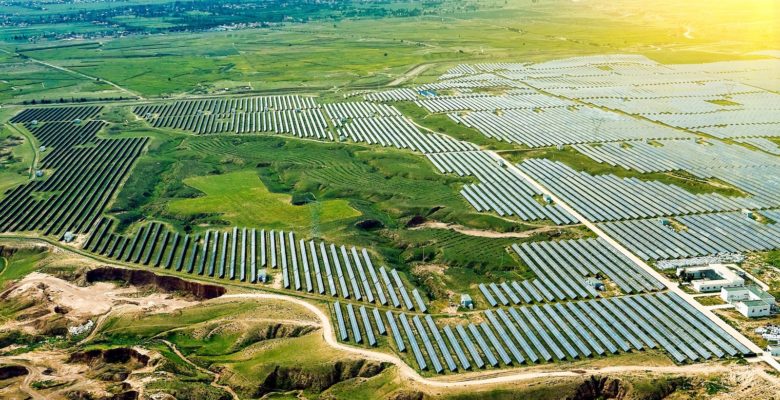Urban Land Institute resource highlights the environmental, financial, and community benefits of renewable energy

There’s a strong business case for including renewable energy assets in real estate development plans, according to a new report from the Urban Land Institute (ULI). Investments in renewable energy have the potential to unlock billions in new real estate value, helping owners reduce long-term energy costs and in many cases generate supplemental income from their existing assets.
Renewable Energy Strategies for Real Estate is the latest report from ULI’s Greenprint Center for Building Performance. As momentum builds for decarbonizing the built environment, the report provides a comprehensive framework for implementing renewable energy both on- and off-site. By prioritizing renewable energy in their projects, real estate organizations can reduce their carbon footprint and add value for buildings, tenants, investors, and communities.
Renewable energy is the fastest-growing power source for buildings globally but still accounts for less than 15% of the total energy used by buildings. Between rising prices for fossil fuels, the declining cost of renewables, and more government incentives for emissions reduction, the business case for pursuing renewable energy in real estate has never been stronger. ULI Greenprint is excited to bring leaders from the real estate and sustainability sectors together to provide a model for putting real estate on an environmentally conscious trajectory for the long term.
Billy Grayson, executive vice president of Centers and Initiatives at ULI
The report is informed by the views of ULI scholars, real estate leaders, and experts in green energy. It identifies four key recommendations for real estate practitioners interested in renewable energy:
- Create tailored approaches: The best strategy for implementing renewables varies by organization, building, and situation – and is informed by an entity’s goals, financials, and priorities.
- Plan ahead: As demand for renewable energy increases, real estate organizations can begin exploring renewable energy opportunities now in order to gain experience and build relationships with service providers who can help them succeed.
- Involve experts: On- and off-site renewable energy deal structures are numerous, complicated, and best supported by expert external stakeholders.
- Maximize energy efficiency first: There are a number of steps on the pathway toward net-zero emissions, including renewable energy, but energy efficiency is often the highest impact investment.
Renewable energy is not new to real estate. In reality, these strategies can help developers and stakeholders lower energy costs, earn additional income, and access financial incentives. Not to mention they can help meet tenant and investor expectations and create community benefits.
Billy Grayson
The full Renewable Energy Strategies for Real Estate report is available on ULI’s Knowledge Finder platform.
